Myxoma
Myxoma
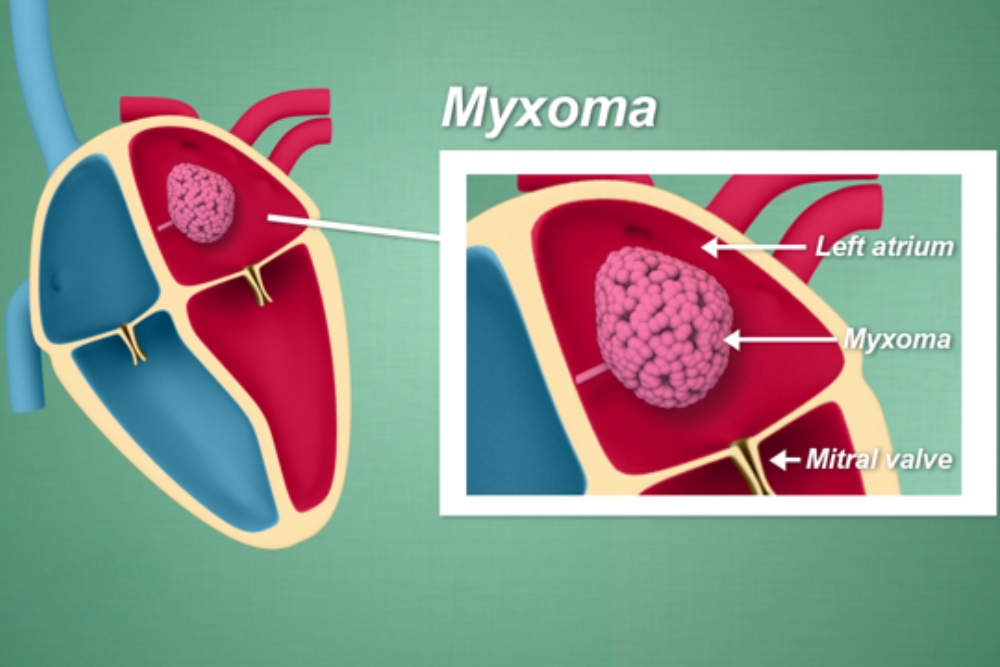
What Is Myxoma?
Myxoma is a rare, non-cancerous tumor that commonly develops within the coronary heart, most commonly inside the top left chamber called the left atrium.
Even though it is benign, it can cause troubles like shortness of breath, dizziness, or fainting via blocking blood flow or causing blood clots. The best way to treat it is also via surgery to get rid of the tumor.
Dr. Jaydip Ramani, a skilled cardiac surgeon in India, focuses on performing those complex surgical procedures. He works hard to assist patients’ speedy recovery and preserve their hearts health for a long time.
Types of Myxoma
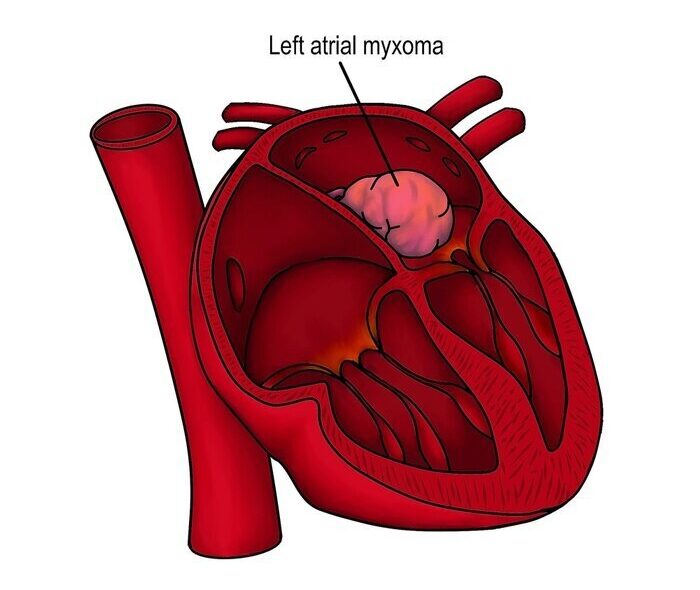
Left atrial myxoma
The most frequent type, found in the upper left chamber of the heart, often causing symptoms like shortness of breath or fainting.
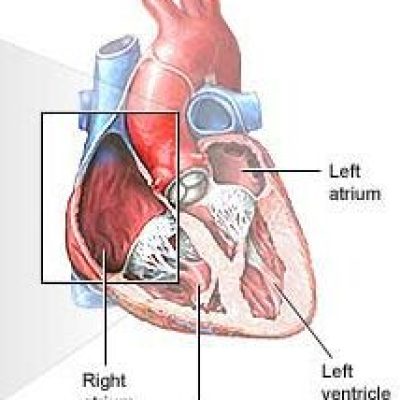
Right Atrial Myxoma
Located in the upper right chamber, it can lead to symptoms such as swelling of the legs or veins, and sometimes blood flow obstruction.
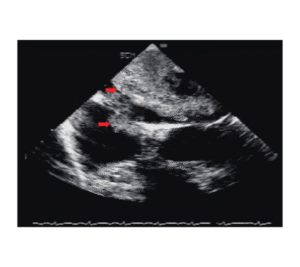
Biatrial Myxoma
Occurs in both atria simultaneously, which is rare, and may cause more complex symptoms due to involvement of both sides of the heart.
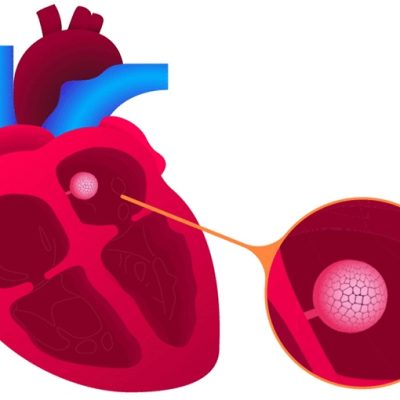
Multiple Myxomas
More than one tumor present, often associated with genetic syndromes like Carney complex, and may require careful monitoring and treatment.
Who Needs Myxoma Surgery?
For some heart and blood vessel conditions, surgery is the only effective treatment when medications do not provide sufficient relief. Below are the reasons that can lead to the need for Myxoma:
People Diagnosed with a Heart Myxoma
People with Stroke without clear cause
Anyone at Risk of Sudden Heart Blockage
Patients with Unexplained Fever or Weight Loss
Patients diagnosed through Echocardiography
Patients with Recurrent Embolism

Shortness of breath

Fatigue or weakness

Chest pain or pressure
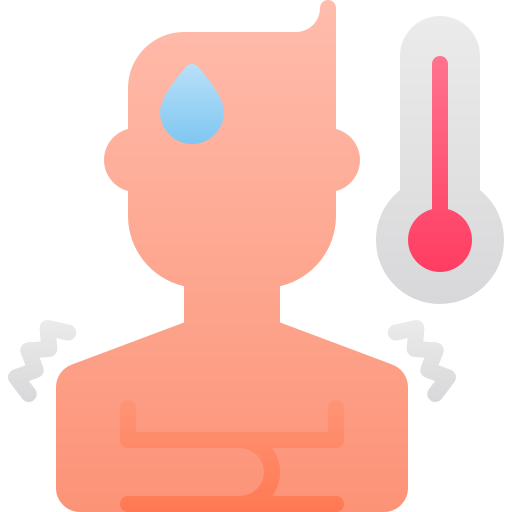
Fever or chills
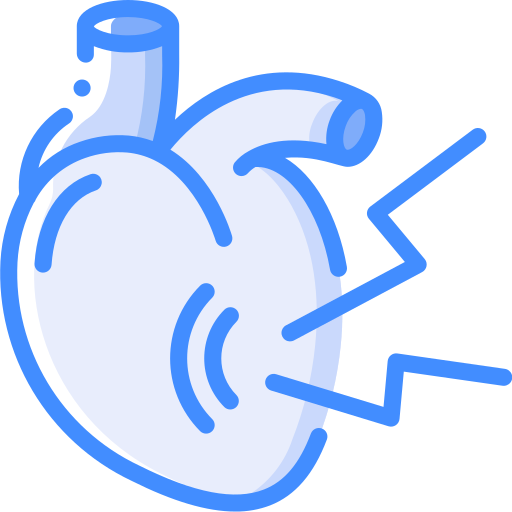
Palpitation (Irregular heartbeat)

Dizziness or fainting

Echocardiogram
Shows how well your heart is working and its structure
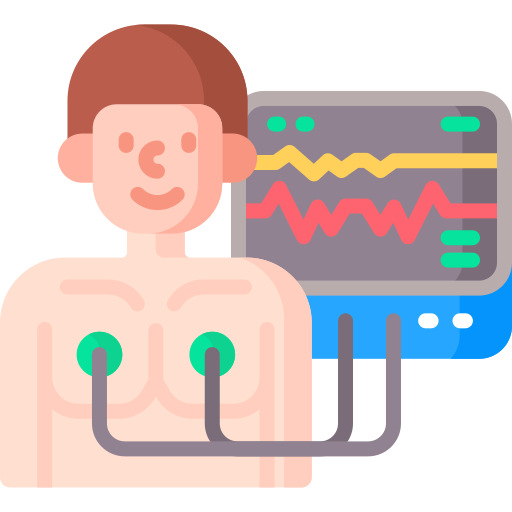
Electrocardiogram
Measures the heart's electrical activity to detect past or current heart attacks.
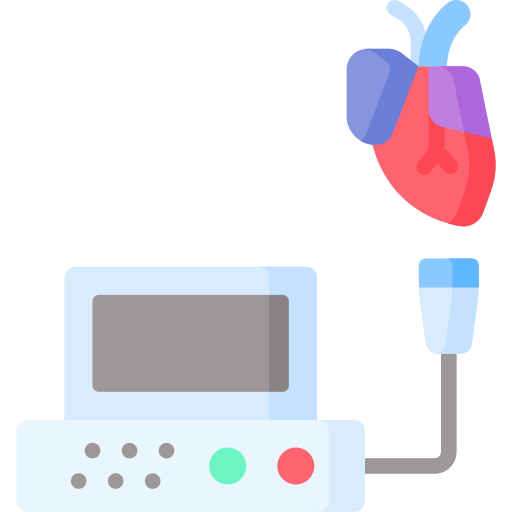
Transesophageal Echocardiogram
A more detailed ultrasound to get a closer look at the heart.

Chest X-ray
May show changes in heart shape or help rule out other causes.
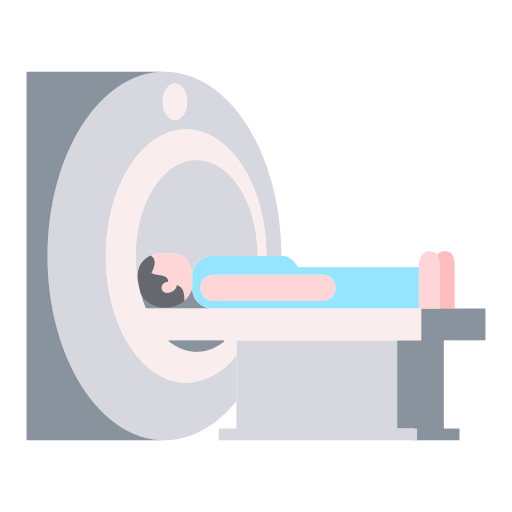
MRI of Heart
Gives a clear picture of the tumor and how it affects heart function

Blood Tests
Assess cholesterol levels, cardiac enzymes and overall heart function.
Myxoma Surgery Procedure
Dr. Jaydip Ramani, a top cardiac surgeon in India, performs this surgery with expert care to ensure safe recovery and strong heart health. Below are some common procedures typically performed.
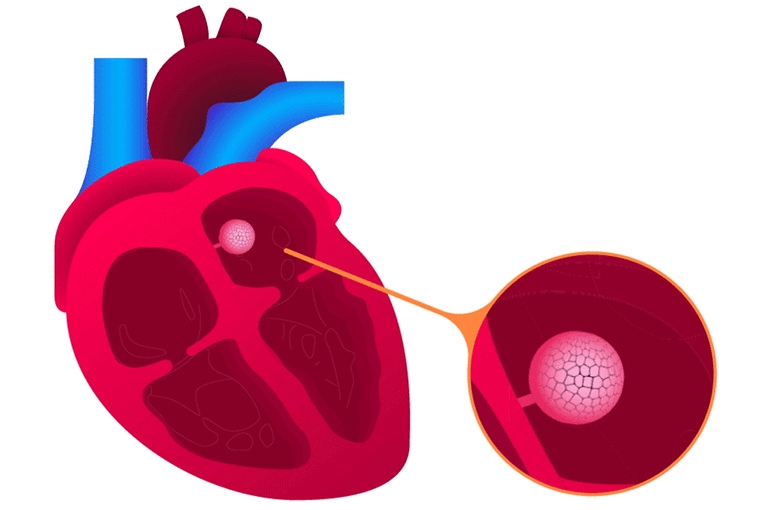
Patient is given general anesthesia.
A chest incision is made to reach the heart.
A heart-lung machine supports the body during surgery.
The myxoma (tumor) is carefully removed from the heart.
The heart and chest are closed, and recovery begins in the ICU.
Why Choose Heart Valve Surgery at Plexus Heart Surgery Centre?
Our doctors possess significant experience and a true dedication to your improved health.
We treat each patient with respect, listen carefully and provide supportive guidance at every step.
We use the newest tools and equipment to ensure a smooth surgical process.
We employ innovative techniques with smaller incisions, resulting in quick recovery and less pain.
Your peace of mind and comfort are important to us at Plexus Heart. Here’s why patients choose us:
- Skilled in complex heart procedures
- Focused on personalized treatment plans
- Utilizes the latest technology and techniques
Reach out to Dr. Jaydip Ramani for expert care
Your heart health is important. Book an appointment today for a thorough check-up and proper diagnosis.
Dr. Jaydip Ramani address the most common questions to help you understand the procedure, recovery, and what to expect—so you can move forward with confidence and clarity.
Yes, you’ll likely need medicines to prevent blood clots, manage blood pressure, and support your heart during recovery. Long-term medication depends on the type of valve used.
Hospital stay is typically 5–7 days, with full recovery over several weeks to months. A gradual return to activities is guided by your doctor.
A chest scar is expected but fades over time.
Some may need temporary medications like blood thinners. Regular follow-ups and a healthy lifestyle help prevent the tumor from coming back.
Regular follow-up appointments are important to monitor your heart. Maintaining a balanced diet, exercising, quitting smoking, and managing stress support a healthy recovery.
